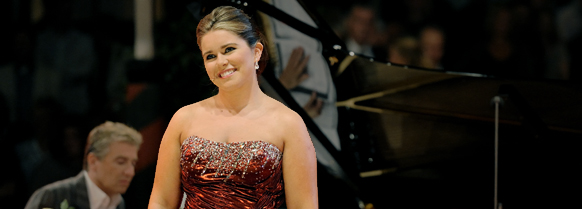Tag: Hugo Wolf
-

PROGRAM NOTES: EMA NIKOLOVSKA
Mezzo-soprano Eva Nikolovska has curated an intriguing recital program of songs composed in the forty years between 1865 and 1905, a selection that highlights the changing styles of music emanating from three important centres of music-making. From Vienna there are the contrasting voices of the traditionalist Brahms and his aesthetic adversary Hugo Wolf, from France…
-

PROGRAM NOTES: TARA ERRAUGHT
Johannes Brahms: Zigeunerlieder (Gypsy Songs), Op. 103 More than half of Brahms’ total output was vocal, including over two hundred art songs and an additional hundred folksong arrangements. Most of them are serious, introspective, resigned or elegiac in mood. Ardent, impulsive effusions are rare, and the musical pictorialism so dear to Schubert is likewise…


